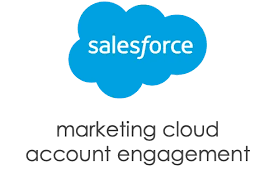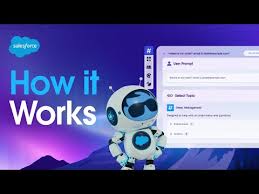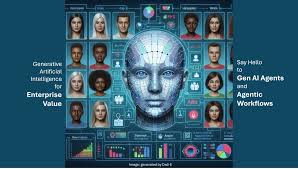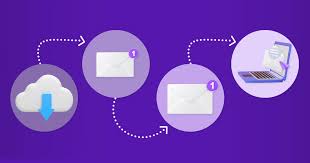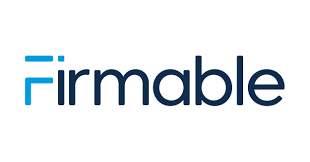Account Engagement Selective Sync
Selective Sync in Account Engagement (Pardot): Aligning Seamlessly with Salesforce Selective sync within Account Engagement (formerly Pardot) enables organizations to push only relevant prospect records into Salesforce based on specific criteria. This process helps marketing teams nurture and qualify leads within Account Engagement, reducing the risk of overwhelming the sales team with irrelevant leads. Aligning this sync process with Salesforce is essential to maintaining efficient lead flow and a unified view of communication history. Keeping Account Engagement and Salesforce fully synchronized is often ideal, as it provides a comprehensive view of interactions across channels, from SMS to telemarketing, enhancing the depth of lead nurturing efforts. Why Selective Sync Matters Certain organizations intentionally limit the records synced with Salesforce. For instance, nonprofits may choose not to sync ‘Major Donor’ contacts into Account Engagement, as these relationships are often managed by dedicated staff who handle personalized communications, such as thank-you emails and event invitations. Additionally, marketers might use selective sync to ensure that Leads and Contacts are directed to specific Account Engagement Business Units. While not covered in this discussion, the setup aligns with option one below. This guide focuses on two primary methods for selective sync. How to Implement Selective Sync Option 1: Marketing Data Sharing Available with Account Engagement’s Premium or Advanced editions, Marketing Data Sharing provides a straightforward solution for selective sync. By navigating to Account Engagement settings and configuring the connector, users can set field criteria for data synchronization. This method is particularly effective for syncing specific data across one or multiple business units. Option 2: Sync Using Zapier When Marketing Data Sharing isn’t available, middleware tools like Zapier offer a viable alternative. While upgrading to a Premium or Advanced edition may bring added benefits, Zapier can bridge the gap for users who need selective sync with lower-tier editions. As a versatile option, Zapier enables administrators to manage multiple integrations. However, data volume should be considered as it can impact costs. Setting Up Selective Sync with Zapier To configure selective sync with Zapier, follow these steps: Comparing Marketing Data Sharing and Middleware Solutions Feature Marketing Data Sharing Middleware Tool (e.g., Zapier) Customizable Based on One Field Yes Yes Cost Included with Advanced & Premium Variable, often per event Marketing Data Sharing vs. Middleware Summary While Marketing Data Sharing is the ideal choice for streamlined selective sync in Account Engagement, middleware tools like Zapier provide flexibility when upgrading isn’t feasible. Both approaches allow organizations to tailor sync operations to their specific requirements, ensuring smoother lead flow and effective communication alignment between Account Engagement and Salesforce. By Tectonic Solutions’s Architect, Shannan Hearne Like Related Posts Salesforce OEM AppExchange Expanding its reach beyond CRM, Salesforce.com has launched a new service called AppExchange OEM Edition, aimed at non-CRM service providers. Read more The Salesforce Story In Marc Benioff’s own words How did salesforce.com grow from a start up in a rented apartment into the world’s Read more Salesforce Jigsaw Salesforce.com, a prominent figure in cloud computing, has finalized a deal to acquire Jigsaw, a wiki-style business contact database, for Read more Service Cloud with AI-Driven Intelligence Salesforce Enhances Service Cloud with AI-Driven Intelligence Engine Data science and analytics are rapidly becoming standard features in enterprise applications, Read more

